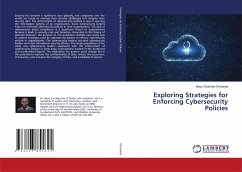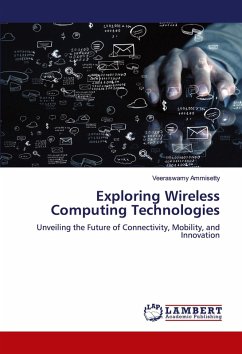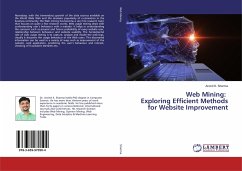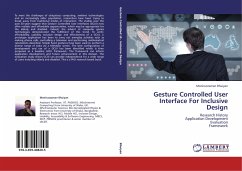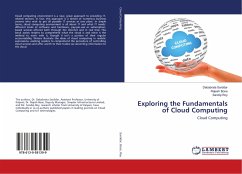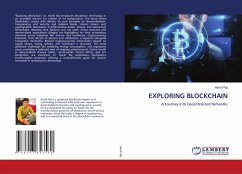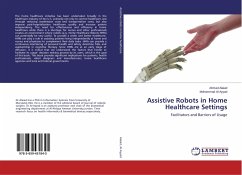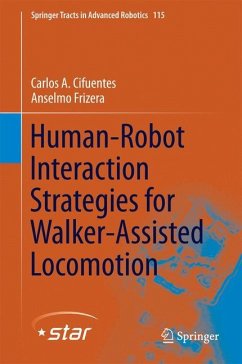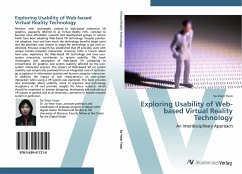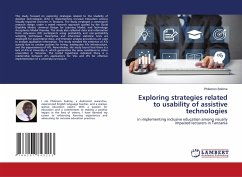
Exploring strategies related to usability of assistive technologies
in implementing inclusive education among visually impaired lecturers in Tanzania
Versandkostenfrei!
Versandfertig in 6-10 Tagen
29,99 €
inkl. MwSt.

PAYBACK Punkte
15 °P sammeln!
This study focused on exploring strategies related to the Usability of Assistive technologies (ATs) in Implementing Inclusive Education among Visually Impaired Lecturers in Tanzania. The study employed a convergent research design under a mixed research approach guided by the Social Disability Model, Universal Design for Learning Model, and Technology Acceptance Model theories. The study also collected data and information from sixty-seven (67) participants using probability and non-probability sampling techniques. Descriptive and inferential statistical tests are employed for quantitative dat...
This study focused on exploring strategies related to the Usability of Assistive technologies (ATs) in Implementing Inclusive Education among Visually Impaired Lecturers in Tanzania. The study employed a convergent research design under a mixed research approach guided by the Social Disability Model, Universal Design for Learning Model, and Technology Acceptance Model theories. The study also collected data and information from sixty-seven (67) participants using probability and non-probability sampling techniques. Descriptive and inferential statistical tests are employed for quantitative data, and thematic analysis procedures are used to analyze qualitative information. The study revealed the existence of ATs scarcity due to unclear policies for hiring, inadequate ATs infrastructure, and the expensiveness of ATs. Nevertheless, the study found that there is a lack of ATs at University A, which generalizes the same conditions to other universities in Tanzania. The tested hypothesis indicated there is a relationship between ATs applications for VILs and VIS for effective implementation of a university curriculum.





